- Benefits of Autumn Planting
- 1. Longer Establishment Period
- 2. Cooler Weather
- 3. Lower Pest and Disease Pressure
- 4. Availability of Resources
- 5. Opportunity to Overwinter Perennials
- Importance of Proper Timing
- Choosing the Right Seedlings
- 1. Planting Zone
- 2. Planting Season
- 3. Plant Type
- 4. Quality of Seedlings
- 5. Supplier Reputation
- Preparing the Soil
- 1. Clear the Area:
- 2. Loosen the Soil:
- 3. Remove Debris:
- 4. Test the Soil:
- 5. Add Organic Matter:
- 6. Smooth and Level:
- 7. Water the Soil:
- 8. Mark Planting Areas:
- Planting Techniques
- Providing Adequate Nutrients
- Protecting Seedlings from Frost
- Choose Frost-Tolerant Seedlings
- Site Selection
- Use Mulch
- Monitor and Cover
- Water Properly
- Conclusion
- Caring for Seedlings During Winter
- 1. Providing Adequate Protection
- 2. Watering Carefully
- 3. Watch for Signs of Stress or Disease
- 4. Provide Adequate Light
- 5. Adjusting Pot Size
- 6. Avoid Fertilizing
- 7. Planning for Spring
- Questions and Answers:
- When is the best time to plant seedlings in the autumn?
- What are the benefits of autumn planting for seedlings?
- Can I plant seedlings in the autumn if the weather is still warm?
- Is it better to plant seedlings or seeds in the autumn?
- What precautions should I take when planting seedlings in the autumn?
- Videos: Don’t slow down in Autumn, it’s a great time to garden | DIY Garden Projects | Gardening Australia
Autumn is a season of change, and for gardeners, it’s a time to prepare for the next year’s harvest. One important aspect of autumn gardening is the planting of seedlings. While it may be tempting to rush and get them in the ground as soon as possible, it’s essential to take the time to understand why rushing can be harmful and why there is an optimal timing for autumn planting.
When seedlings are planted too early in the autumn season, they may not have enough time to establish strong root systems before the harsh winter arrives. This can lead to poor growth, susceptibility to diseases and pests, and even death. By waiting for the optimal timing, gardeners can ensure that their seedlings have enough time to establish roots and become more resilient to winter conditions.
So, when is the optimal timing for autumn planting? It depends on various factors such as the specific plant species, climate, and region. Generally, it’s recommended to aim for a period when the soil is still warm but the air temperature is starting to cool down. This is often around mid to late autumn, allowing seedlings to take advantage of the remaining warmth to establish their roots while avoiding the extreme cold temperatures of winter.
It’s important to note that the optimal planting time may vary depending on your location. Consulting with local gardening experts or researching specific planting guidelines for your region can provide valuable insights into the best timing for autumn planting in your area.
Overall, autumn planting of seedlings requires patience and careful consideration. Rushing the process can have detrimental effects on the survival and growth of your plants. By understanding the importance of establishing strong roots and determining the optimal timing for your specific area, you can ensure a successful autumn planting season and set the stage for a bountiful harvest in the following year.
Benefits of Autumn Planting
Autumn planting can offer several benefits for gardeners. While spring is typically the most popular time for planting, there are several advantages to planting in the fall.
1. Longer Establishment Period
When you plant in the autumn, you give your seedlings a longer period for establishment before the harsh conditions of winter set in. This allows them to develop a robust root system and establish themselves more firmly in the soil. As a result, your plants will be better prepared to withstand the challenges of winter and will have a head start in the following spring.
2. Cooler Weather
The cooler temperatures of autumn provide a more favorable environment for planting. The heat and intense sun of the summer can stress young plants, while the cooler weather of fall allows them to establish themselves with less risk of heat damage. Additionally, the cooler weather also reduces water evaporation, meaning your plants will require less watering.
3. Lower Pest and Disease Pressure
Autumn is generally a time when pest and disease pressure decreases. Many pests and diseases are more active during the summer, and by the time autumn arrives, their populations have naturally declined. This can give your seedlings a better chance of survival and reduce the need for pest control measures.
4. Availability of Resources
In autumn, there is often an abundance of resources available for planting, such as compost and mulch. Many gardeners clean up their gardens in the fall, generating a surplus of organic material that can be used to enrich the soil and provide nutrients for your plants. Take advantage of this resource availability to give your seedlings the best possible start.
5. Opportunity to Overwinter Perennials
Autumn planting is a great opportunity to establish perennial plants in your garden. Perennials planted in the fall have a longer period to establish themselves before they go dormant in winter. This extra time allows them to develop stronger root systems and enhance their chances of surviving the winter and thriving in the following growing season.
In conclusion, autumn planting offers several benefits for gardeners. By taking advantage of the cooler weather, longer establishment period, decreased pest pressure, and availability of resources, you can give your seedlings a head start and set them up for success in the following year.
Importance of Proper Timing
When it comes to planting seedlings in the autumn, proper timing is crucial for successful growth and development. The timing of planting can significantly impact the health and vigor of the seedlings, affecting their ability to establish root systems and withstand the harsh conditions of the winter months.
1. Optimal Temperature
One of the main reasons why proper timing is important is the temperature. Planting too early or too late in the autumn can expose the seedlings to extreme temperature fluctuations, which can be detrimental to their overall health.
By planting at the right time, when the temperature is cool but not freezing, the seedlings have the opportunity to acclimate to their new environment before the colder temperatures set in. This allows them to establish strong root systems and develop tolerance to cold temperatures.
2. Sufficient Growth Time
Another reason why timing is important is to allow the seedlings enough time to grow and develop before the onset of winter. By planting too late in the autumn, the seedlings may not have sufficient time to establish themselves and build up the necessary energy reserves to survive the winter.
On the other hand, planting too early can result in excessive growth that is susceptible to winter damage. Therefore, finding the optimal timing for planting allows the seedlings to achieve the right balance of growth and hardiness.
3. Reduced Stress
Planting seedlings at the right time in the autumn also helps reduce stress on the plants. When the seedlings are planted during the optimal timeframe, they experience less stress from extreme temperature fluctuations, which can stunt growth and make them vulnerable to diseases and pests.
By reducing stress, the seedlings are better able to adapt and thrive in their new environment, leading to stronger and healthier plants in the long run.
4. Increased Success Rate
Ultimately, proper timing increases the success rate of autumn planting. By taking into account the specific needs of the seedlings and the environmental conditions of your area, you increase the chances of the seedlings surviving the winter and thriving in the spring.
Timing is a critical factor that should not be overlooked when it comes to planting seedlings in the autumn. By choosing the right time to plant, you give the seedlings the best possible chance for successful growth and development, setting them up for a healthy and beautiful future.
Choosing the Right Seedlings
When it comes to autumn planting of seedlings, choosing the right ones is crucial for a successful garden. Here are a few factors to consider when selecting seedlings:
1. Planting Zone
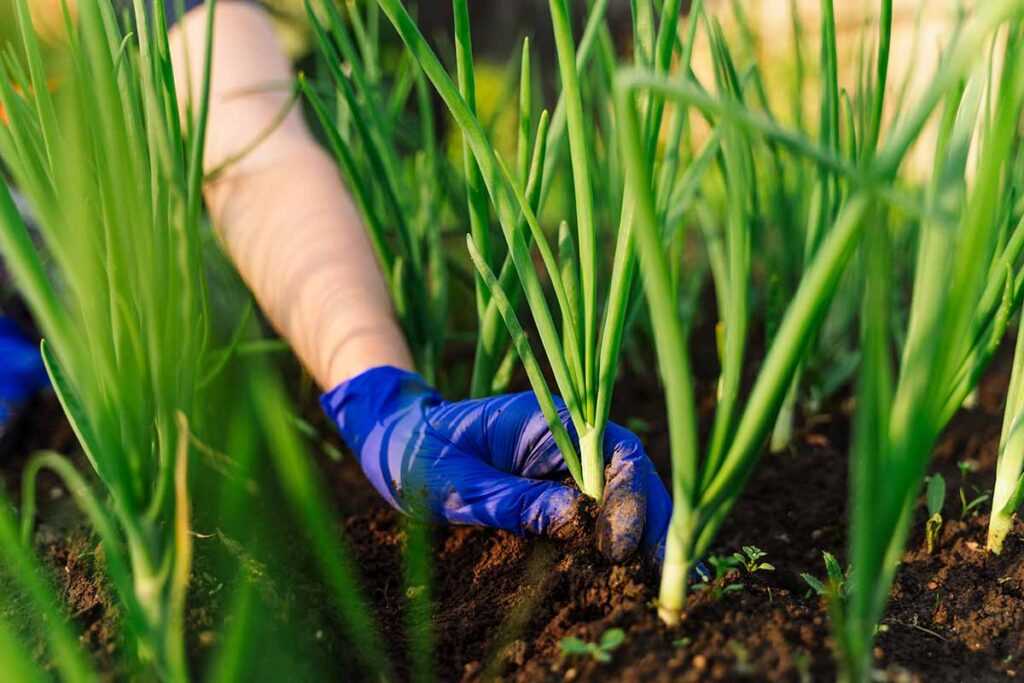
Different plants thrive in different climates, so it’s important to choose seedlings that are suitable for your planting zone. Check the USDA hardiness zone map for guidance on which plants are best suited for your area.
2. Planting Season
Consider the specific planting season for each type of plant you’re interested in. Some seedlings prefer to be planted in early autumn, while others thrive in late autumn or even early winter. Research the ideal planting window for each seedling to maximize its chances of survival.
3. Plant Type
Decide what type of plants you want to grow in your garden. Are you looking for flowering plants, fruiting plants, or vegetables? Each plant type requires specific care and soil conditions, so choose seedlings accordingly.
4. Quality of Seedlings
Inspect the seedlings for quality before purchasing. Look for healthy, vibrant plants with strong stems and green leaves. Avoid seedlings that appear wilted, discolored, or diseased. Choose seedlings that have been well taken care of to ensure success in your garden.
5. Supplier Reputation
Buy seedlings from reputable suppliers or nurseries. Check online reviews or ask for recommendations from experienced gardeners to find trustworthy sources. Buying from reputable suppliers ensures that you’re getting high-quality seedlings that have been grown in optimal conditions.
By considering these factors and choosing the right seedlings, you can set your autumn garden up for success. Remember to research and plan accordingly to create a thriving and beautiful garden.
Preparing the Soil
Before planting seedlings in the autumn, it is important to prepare the soil properly. This will provide a favorable environment for the young plants to grow and thrive. Here are some steps to follow when preparing the soil:
1. Clear the Area:
Start by removing any existing vegetation, such as weeds or dead plants, from the area where you plan to plant the seedlings. This ensures that the seedlings won’t have to compete for nutrients and water.
2. Loosen the Soil:
Loosen the soil using a garden fork or a tiller. This helps to improve the soil’s structure and allows for better root penetration. Breaking up compacted soil also helps with water drainage and aeration.
3. Remove Debris:
Remove any rocks, sticks, or other debris from the soil. These can get in the way of root growth and can be a breeding ground for pests and diseases.
4. Test the Soil:
It is advisable to test the soil to determine its pH level and nutrient content. This will help you understand if any amendments, such as lime or fertilizer, need to be added to create an optimal growing environment for the seedlings.
5. Add Organic Matter:
Incorporating organic matter, such as compost or well-rotted manure, into the soil helps to improve its texture, fertility, and the overall health of the plants. Spread a layer of organic matter on top of the soil and work it into the upper layers using a garden fork or tiller.
6. Smooth and Level:
After incorporating the organic matter, smooth and level the soil using a rake. This creates a uniform surface for planting and ensures that the seedlings will be planted at the correct depth.
7. Water the Soil:
Before planting the seedlings, thoroughly water the soil to ensure it is moist. This helps to settle the soil and provide immediate hydration to the young plants.
8. Mark Planting Areas:
Finally, mark the areas where you will be planting the seedlings. This will help you ensure proper spacing and organization.
By following these steps, you can effectively prepare the soil for autumn planting of seedlings. Providing the right growing conditions from the start will give your plants the best chance of success.
Planting Techniques
- Prepare the Soil: Before planting seedlings, it is important to prepare the soil properly. This includes removing any weeds or unwanted plants, loosening the soil with a garden fork or tiller, and adding organic matter such as compost or aged manure to improve the soil structure and fertility.
- Choose the Right Location: Select a location that receives adequate sunlight for the type of plants you are planting. Consider the soil drainage and moisture levels in the area as well, as some plants prefer well-drained soil while others can tolerate moist conditions.
- Dig the Planting Hole: Dig a hole that is slightly wider and deeper than the root ball of the seedling. Make sure the hole is large enough to accommodate the roots without crowding or bending them.
- Plant at the Correct Depth: Place the seedling in the hole, making sure the top of the root ball is level with or slightly above the soil surface. This will ensure that the seedling is planted at the correct depth for optimal growth.
- Backfill and Firm the Soil: Backfill the hole with soil, gently firming it around the roots to eliminate any air pockets. Avoid packing the soil too tightly, as this can hinder root growth.
- Water Thoroughly: After planting, water the seedlings thoroughly to settle the soil and provide moisture to the roots. This is especially important during the autumn planting season, as the new seedlings need ample moisture to establish themselves before winter.
- Apply Mulch: Apply a layer of mulch around the base of the seedlings to help conserve moisture, suppress weeds, and regulate soil temperature. Organic mulches such as straw, wood chips, or shredded leaves are ideal for autumn planting.
- Monitor and Maintain: Monitor the newly planted seedlings regularly to ensure they are adjusting well to their new environment. Water as needed, and remove any weeds or pests that may hinder their growth.
Providing Adequate Nutrients
When planting seedlings in autumn, it is important to provide them with adequate nutrients to support their growth and development. This is especially crucial as the coming winter months can be harsh and challenging for young plants.
Here are some tips to ensure your seedlings receive the necessary nutrients:
- Choose the right soil: Start by preparing your soil and ensuring it is rich in organic matter. This will provide a natural source of nutrients for your seedlings. Incorporate well-rotted compost or manure into the soil to enhance its fertility.
- Use organic fertilizers: Supplementing your soil with organic fertilizers is a great way to provide additional nutrients to your seedlings. These fertilizers release nutrients slowly over time, ensuring a steady supply for the plants. Examples of organic fertilizers include compost tea, fish emulsion, and bone meal.
- Consider nutrient-rich additives: Some additives, such as vermicompost or seaweed extract, can further enrich your soil with essential nutrients. These additives are often packed with beneficial microorganisms that promote healthy root development and overall plant growth.
- Apply a balanced fertilizer: If you opt for synthetic fertilizers, choose a balanced one that provides a mix of nitrogen, phosphorus, and potassium (N-P-K). These macronutrients are essential for plant growth and development. Be sure to follow the package instructions for application rates.
- Mulch your seedlings: Mulching around your seedlings can help retain moisture in the soil and reduce weed growth. Organic mulches, such as straw or wood chips, can also break down over time and release nutrients into the soil.
By providing adequate nutrients to your seedlings, you give them the best chance of establishing strong root systems and thriving throughout the autumn and winter months. Remember to monitor your seedlings’ nutrient needs and adjust your fertilization routine accordingly.
Protecting Seedlings from Frost
During the autumn planting season, one of the main challenges faced by gardeners is protecting seedlings from frost. Frost can cause severe damage or even kill young plants, so it is important to take preventive measures to ensure their survival.
Choose Frost-Tolerant Seedlings
When selecting seedlings for autumn planting, it is advisable to choose varieties that are known for their frost tolerance. These plants are better equipped to withstand cold temperatures and have a higher chance of survival. Some popular frost-tolerant options include kale, spinach, radishes, and certain types of lettuce.
Site Selection
Choosing the right location for your seedlings is crucial in protecting them from frost. Select an area that is protected from cold winds and is not prone to frost pockets. Avoid low-lying areas where cold air can settle, as this increases the risk of frost damage. Additionally, consider creating microclimates by using shelters or covering the plants with row covers or cloches.
Use Mulch
Mulching is an effective technique to insulate the soil and protect seedlings from frost. Apply a layer of organic mulch around the base of the seedlings, taking care not to cover the stems. This will help maintain a more stable soil temperature, prevent the roots from freezing, and reduce the risk of frost damage.
Monitor and Cover
Regularly monitor the weather forecast during the autumn season and be prepared to cover your seedlings if frost is predicted. Use frost blankets, old sheets, or any other lightweight fabric to cover the plants. Make sure the cover is secure and reaches all the way to the ground to provide maximum protection.
Water Properly
Proper watering is crucial in protecting seedlings from frost. Wet soil retains heat better than dry soil, so ensure that the roots are well-hydrated. However, be careful not to water excessively as this can lead to rot and other issues. Water the seedlings early in the day so that the excess moisture has a chance to evaporate before the temperatures drop at night.
Conclusion
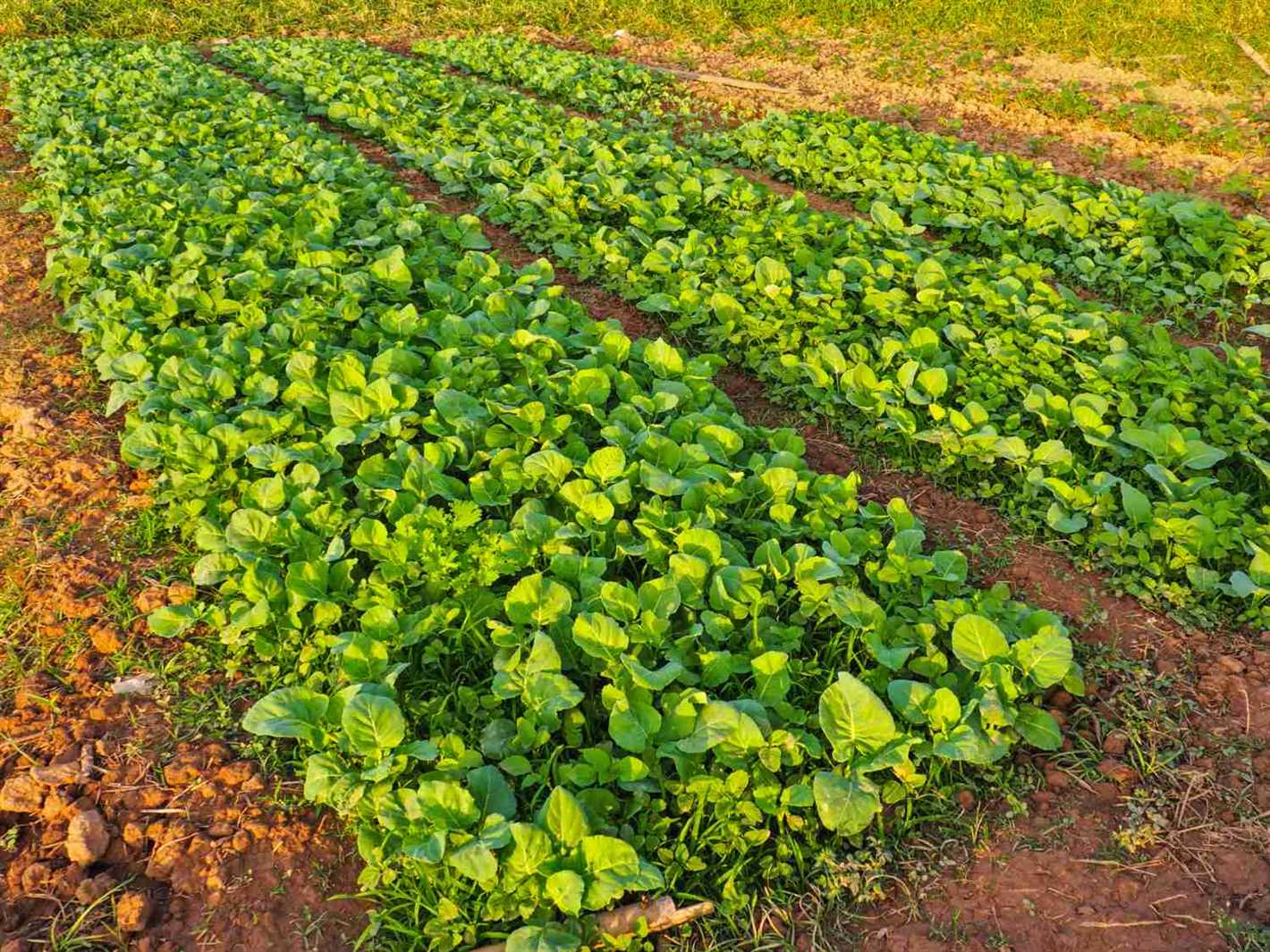
Protecting seedlings from frost during the autumn planting season requires careful planning and attention. By choosing frost-tolerant varieties, selecting the right site, using mulch, monitoring the weather, and watering properly, you can increase the chances of your seedlings surviving the cold temperatures and thriving in your garden.
Caring for Seedlings During Winter
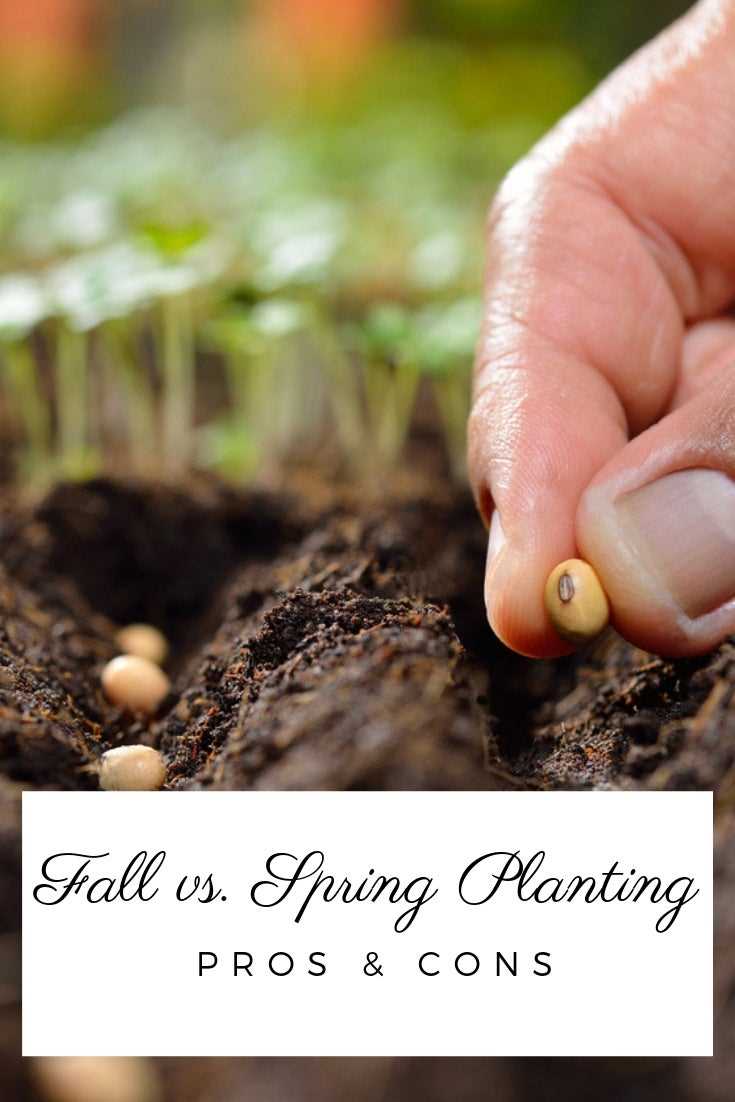
Winter can be a challenging time for seedlings, as they are more vulnerable to damage from the cold and lack of sunlight. However, with proper care, you can help your seedlings survive the winter and continue to thrive.
1. Providing Adequate Protection
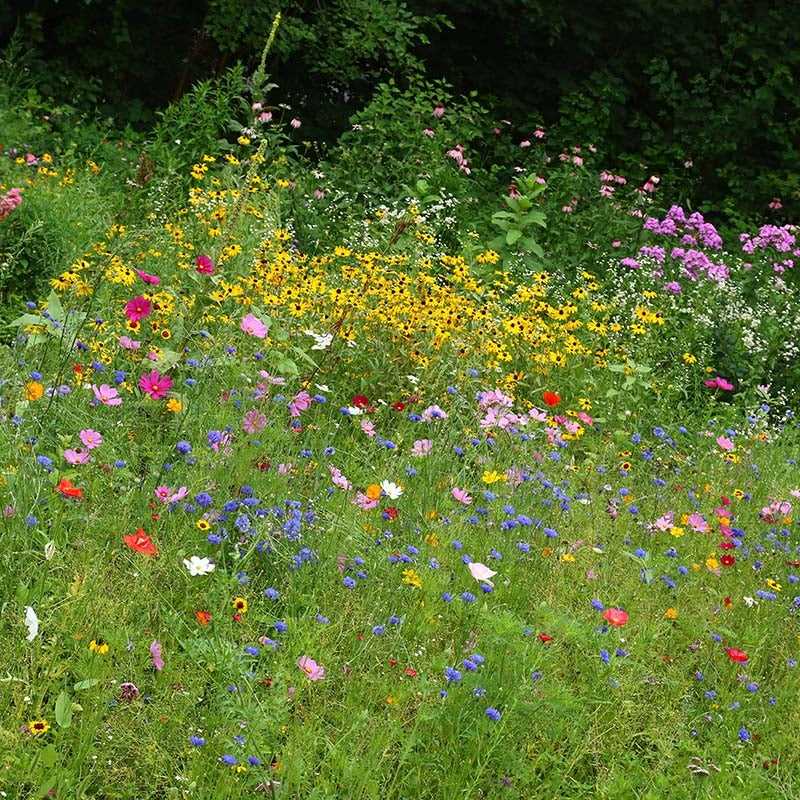
One of the most important aspects of caring for seedlings during winter is providing them with adequate protection from the cold temperatures. Consider using the following methods:
- Using frost covers or cloths to shield seedlings from freezing temperatures
- Moving seedlings to a greenhouse or cold frame for added insulation
- Applying a layer of mulch or straw around the base of seedlings to provide additional warmth
2. Watering Carefully
During winter, seedlings require less water than they do during other seasons. It’s important to water them carefully to prevent overwatering, which can lead to root rot. Keep the following tips in mind:
- Allow the top inch of soil to dry out before watering
- Water seedlings in the morning to allow excess moisture to evaporate during the day
- Use warm water to prevent shocking the seedlings
3. Watch for Signs of Stress or Disease
Seedlings are more susceptible to stress and disease during winter. Keep a close eye on your seedlings and watch for any signs of stress or disease, such as wilting, discoloration, or pest infestation. If you notice any issues, take immediate action to address them.
4. Provide Adequate Light
With shorter daylight hours during winter, seedlings may not receive enough light for optimal growth. Consider using artificial light sources, such as grow lights, to supplement natural light. Ensure that seedlings receive 12-16 hours of light per day for optimal growth.
5. Adjusting Pot Size
As your seedlings grow, they may outgrow their current pots. Check the root system regularly and consider adjusting the pot size if necessary. Transplanting seedlings into larger pots will allow their roots to continue to grow and prevent them from becoming rootbound.
6. Avoid Fertilizing
During winter, seedlings are in a state of dormancy and do not require as much nutrition. Avoid fertilizing them during this period, as this can stimulate growth and make them more susceptible to damage from the cold.
7. Planning for Spring
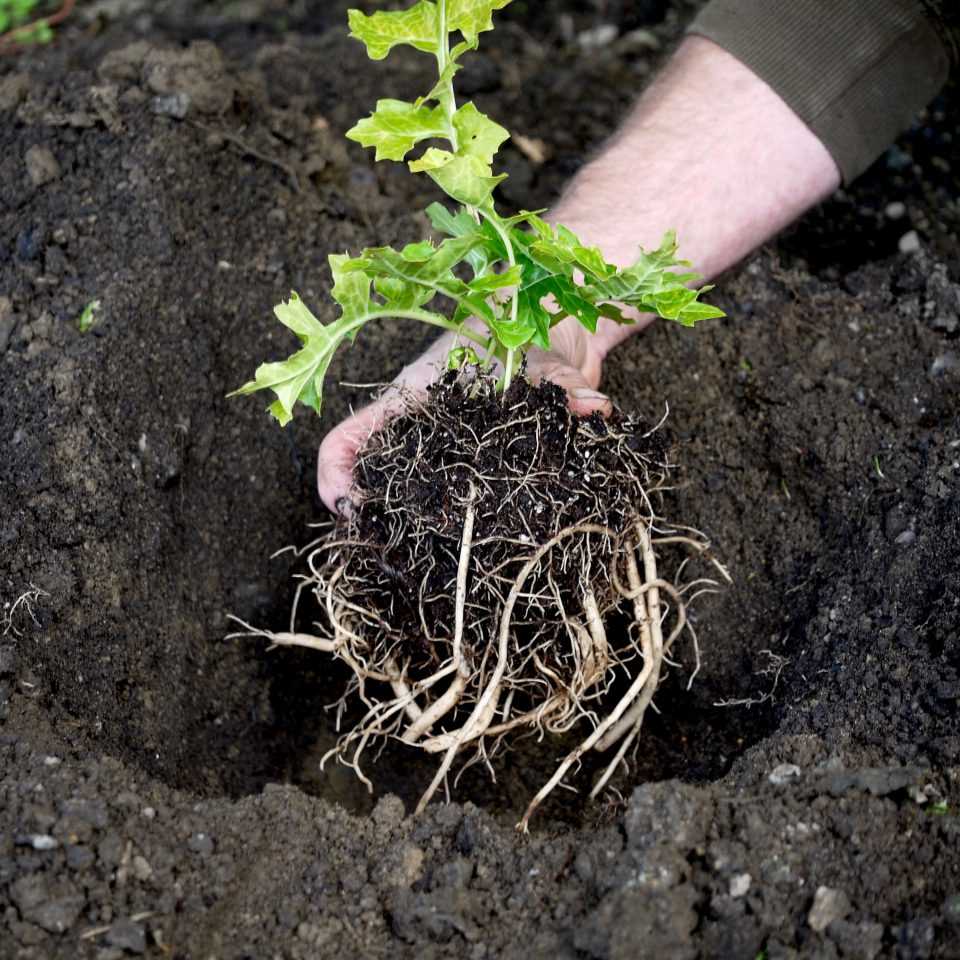
While caring for seedlings during winter, it’s also important to start planning for spring. Consider the specific requirements of each type of seedling and identify the optimal time for transplanting them into your garden or outdoor space. This planning will help ensure a smooth transition for your seedlings when the warmer weather arrives.
By following these tips, you can effectively care for your seedlings during winter and set them up for success in the coming seasons.
Questions and Answers:
When is the best time to plant seedlings in the autumn?
The optimal timing for autumn planting of seedlings depends on the specific plant and your local climate. However, generally, it is recommended to plant seedlings in late summer or early fall, when the soil is still warm and the weather is cooler. This allows the plants to establish their roots before the winter frost arrives.
What are the benefits of autumn planting for seedlings?
Autumn planting offers several benefits for seedlings. Firstly, the cooler weather and higher moisture levels in the soil create favorable conditions for root development. This allows the plants to establish a strong root system before winter, which leads to healthier and more resilient growth in the following spring. Additionally, planting in autumn means that the seedlings can take advantage of the natural rainfall and require less watering compared to summer planting.
Can I plant seedlings in the autumn if the weather is still warm?
While it is generally recommended to plant seedlings in late summer or early fall when the weather is cooler, you can still plant them in the autumn if the weather is still warm. However, it’s important to monitor soil moisture levels and provide adequate watering to compensate for the lack of rainfall. Also, consider providing shade or using a shade cloth to protect the seedlings from excessive heat and sun exposure.
Is it better to plant seedlings or seeds in the autumn?
The decision to plant seedlings or seeds in the autumn depends on various factors. Seedlings are more mature and have a head start in terms of growth, but they require careful transplanting and more attention in terms of watering and care. On the other hand, planting seeds allows for a wider selection of plant varieties and can be more cost-effective. Ultimately, it depends on your preference, gardening experience, and the specific requirements of the plants you want to grow.
What precautions should I take when planting seedlings in the autumn?
When planting seedlings in the autumn, it’s important to take certain precautions to ensure their successful establishment. Firstly, prepare the soil by removing weeds and loosening it to allow for easy root penetration. Consider adding organic matter such as compost to improve soil fertility. Secondly, water the seedlings thoroughly after planting to help them settle and reduce transplant shock. Lastly, monitor soil moisture levels throughout the autumn and provide additional watering if necessary, especially during dry spells.







